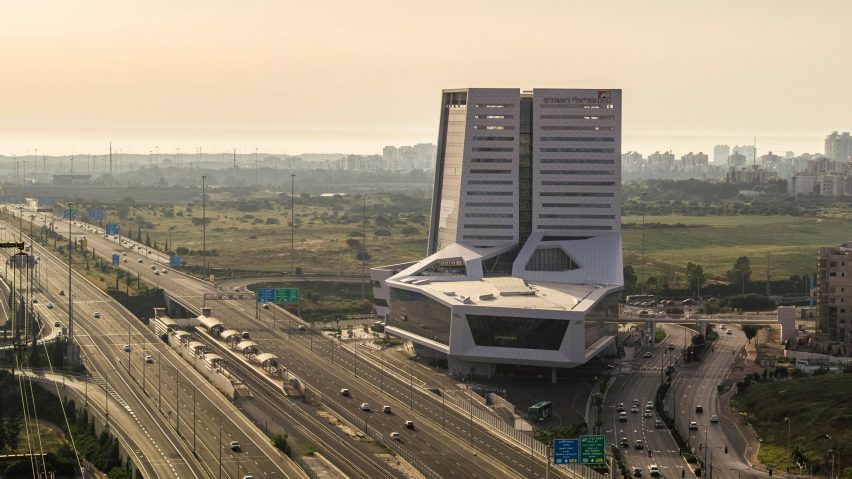
"There's something very inspiring happening again in Israel," says architect Asaf Mann
Israel's architecture scene is thriving, according to architect Asaf Mann, who likens it to the Bauhaus boom in Tel Aviv during the 1930s and 1940s.
New public buildings, infrastructure developments and talented young local architects are contributing to the creative boom said Mann, who is a partner architect at Mann Shinar Architects, a Tel Aviv firm founded by his father.

"There's something very inspiring happening once again in Israel," Mann told Dezeen.
"Before that, the last inspirational moment was back in the 1960s and 70s, or even the Bauhaus period and the initial planning initiative."
Contemporary projects to surpass Bauhaus architecture
Israel's built environment was strongly impacted by the Bauhaus, the German design school that had a major influence on modernist architecture.
Jews who studied at the school, or were influenced by its teachings, emigrated to the region to flee persecution during the interwar years.
As a result, Tel Aviv contains the world's largest collection of Bauhaus buildings.
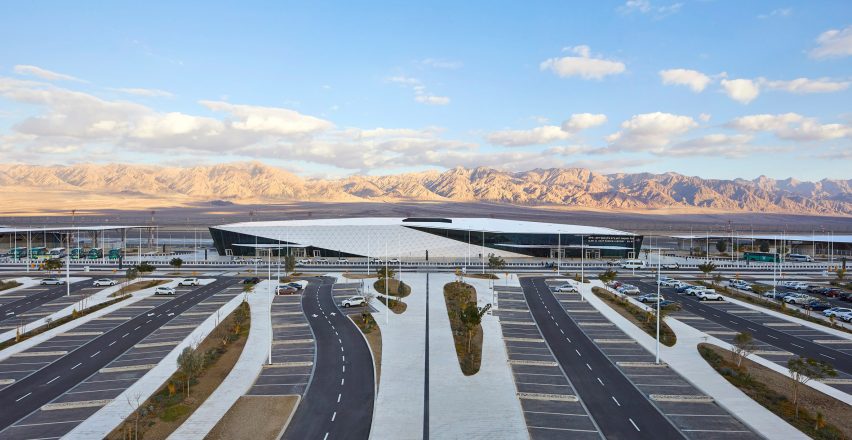
However, Mann believes the current era of development will far outweigh Bauhaus architecture in terms of quality, as buildings in that period were often built cheaply and quickly to provide mass housing to accommodate the surge of immigrants.
"The Bauhaus is cheap building and, as you see in Tel Aviv, the facades of those old buildings don't look great," he said. "They're stucco, they're falling apart, and they all need a re-do."
Tel Aviv home to "extremely talented young architects"
According to Mann, the current boom can be partially credited to a wave of homegrown architects that are choosing to base themselves in Israel and are contributing to the country's development.
"A lot of young talent of architects who studied abroad or studied in Israel are coming in with new ideas," he said.
"I see extremely talented young architects in Tel Aviv, like really hot stuff."
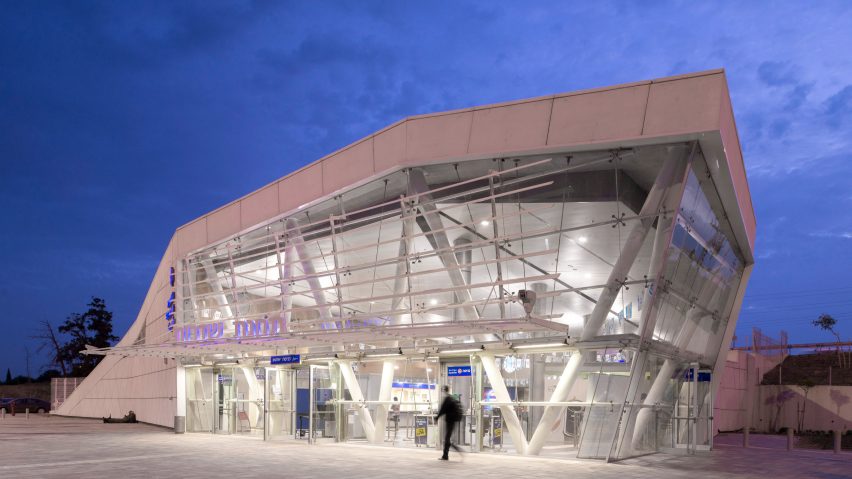
Other changes influencing Tel Aviv's landscape are large-scale projects spearheaded by well-known international firms.
British-Israeli architect Ron Arad, for example, has recently completed an iceberg-like office tower, while KPF has proposed a 340-metre-high supertall skyscraper that could be the country's tallest building if completed.
"All of these crazy towers that are shooting up in Tel Aviv," said Mann, who added that there are a number of projects are underway in Jerusalem – like a library his firm is working on with Herzog de Meuron for The National Library of Israel and a new building for Israel's Ministry of Justice.
"A lot of public buildings are coming into place, especially in Jerusalem," he added. "It's going to get interesting."
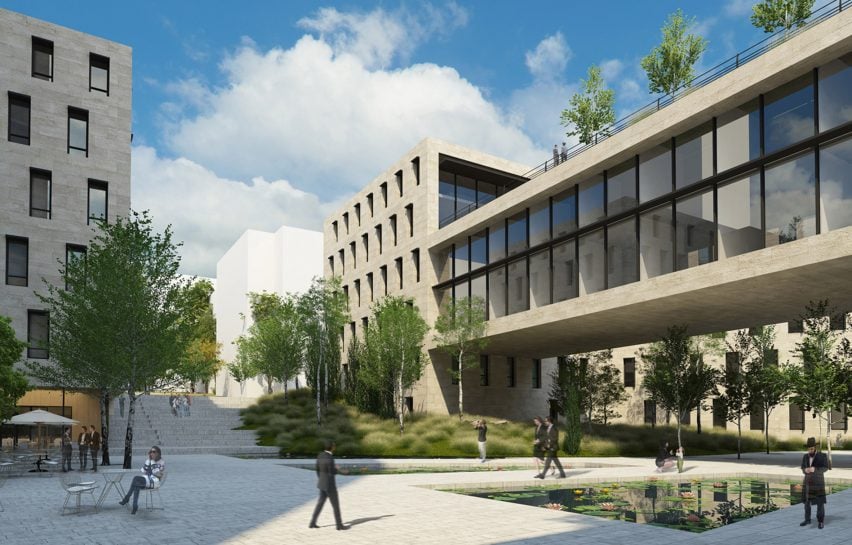
Government buildings and infrastructure projects are also developing, including Tel Aviv's above-ground metro line that is expected to complete in 2021, and a bullet train that links the city to Jerusalem which launched in 2018.
"Israel coming into an adolescent period"
The boom is not just limited to Jerusalem and Tel Aviv however. Other building proposals around the country include the development of Haifa's waterfront and a city centre in Be'er Sheva, both by Mann Shinar Architects, as well as a cancer centre designed by Arad.
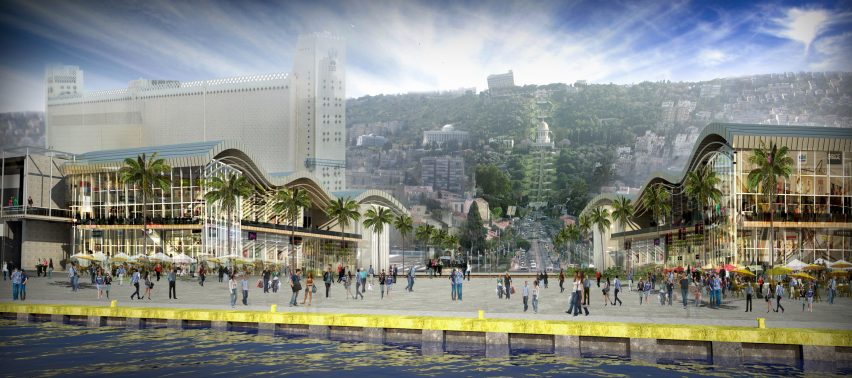
Mann credits Israel's architecture boom to a growing stability in the country, which has been in a long-term conflict with Arab states.
"Israel is really coming into an adolescent period," he said. "It's finished with kindergarten, and it's there to stay. It's not any more question of: 'Are we gone tomorrow?'."
"It doesn't matter what your political stances are. After a long period of major wars, we're looking at over ten years of relative stability which impacts all kinds of development. Israel has become a lot more stable."